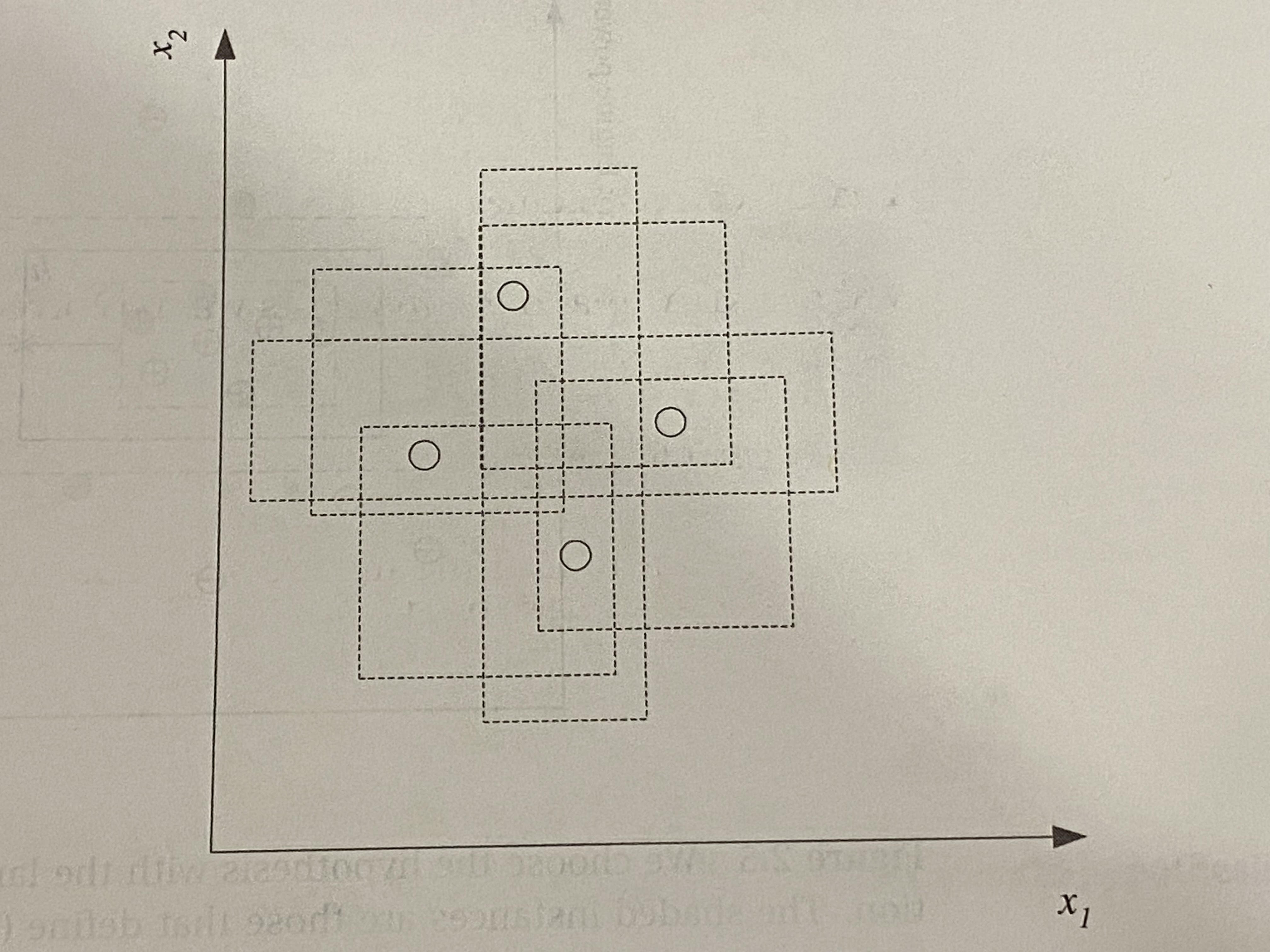Home /
Expert Answers /
Computer Science /
so-we-are-learning-about-the-vc-dimension-this-comes-from-our-book-introduction-to-machine-learnin-pa928
(Solved): So we are learning about the VC Dimension. This comes from our book: Introduction to Machine Learnin ...
So we are learning about the VC Dimension. This comes from our book: Introduction to Machine Learning, 4th Edition by Ethan Alpaydin. Here is the following info we are given about VC Dimension:
We are also given the following figure:
This is Figure 2.6. Caption for this figure: An axis-aligned rectangle can shatter 4 points. Only rectangles covering 2 points are shown.
My question is: How would we go about finding the Breakpoint and Growth Function for this figure? The hypothesis class H, according to the book, is the hypothesis class of axis-aligned rectangles in 2 Dimensions. The VC (H) for this figure is 4. So 4 points can be shattered. I am also not understanding how the VC is 4. Would greatly appreciate an explanation and answer on this!
Vapnik-Chervonenkis Dimension Let us say we have a dataset containing points. These points can be labeled in ways as positive and negative. Therefore, different learning problems can be defined by data points. If for any of these problems, we can find a hypothesis that separates the positive examples from the negative, then we say shatters points. That is, any learning problem definable by examples can be learned with no error by a hypothesis drawn from . The maximum number of points that can be shattered by is called the Vapnik-Chervonenkis (VC) dimension of is denoted as , and measures the capacity of .
Expert Answer
To find the Breakpoint and Growth Function for the hypothesis class H, which consists of axis-aligne...

